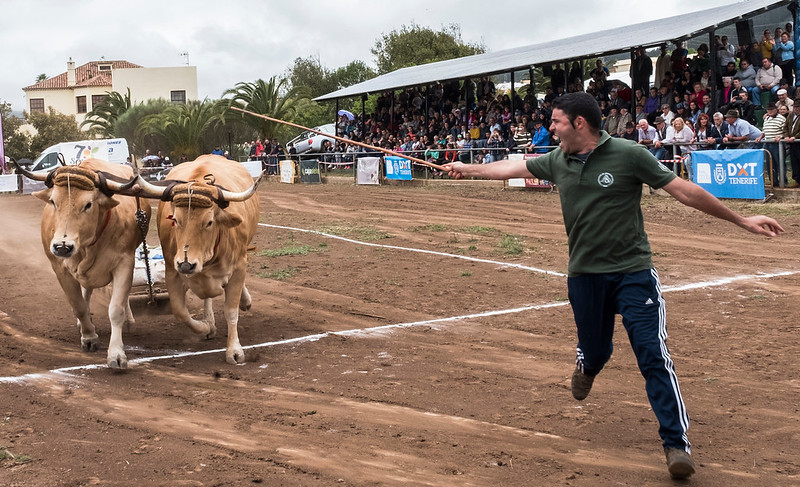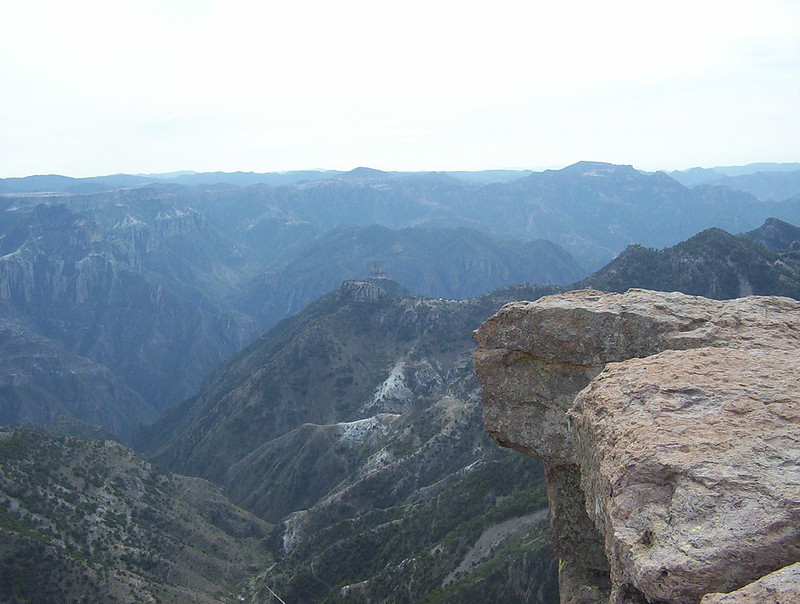Cattle dragging, or Arrastre de Ganado, exemplifies the agricultural traditions of the Canary Islands, especially in La Palma and Tenerife. This sport showcases the strength of local cattle and underscores the bond between communities and their livestock. Participants demonstrate skillful handling and a deep understanding of animal behavior, revealing the cultural significance of this practice. Additionally, the history, equipment, and modern adaptations of this traditional sport warrant further exploration.
Overview of Cattle Dragging
Cattle dragging, or Arrastre de Ganado, is a traditional sport of the Canary Islands, particularly prominent on La Palma, Tenerife, and Gran Canaria. This sport involves specially trained cows and oxen dragging heavy weights, showcasing both the animals’ strength and the handlers’ skill. Often featured during livestock fairs and local celebrations, Arrastre de Ganado underscores the significance of cattle care and breeding in the region. The unique adaptation of the Canaria ox to the local climate sets it apart from mainland breeds, highlighting the harmonious relationship between the people and their environment. Such practices embody the spirit of freedom and tradition cherished by the Canarian community.

Historical Significance
Arrastre de Ganado holds historical significance in the agricultural practices of the Canary Islands, where cattle were essential for tasks like plowing and threshing. This traditional sport reflects a rich heritage and the enduring bond between humans and livestock over the centuries. As mechanization altered farming methods, the reliance on oxen waned, yet Arrastre de Ganado became a means to preserve cultural identity and honor the contributions of these animals. The sport highlights local cattle breeds, particularly the Canaria and Palmera, and celebrates the resilience and adaptability of the Canarian people, emphasizing their connection to the land and its historical narratives.
Essential Equipment
In Arrastre de Ganado, the effective utilization of specialized equipment is essential for successful weight dragging. This traditional sport relies on various tools designed to enhance the performance and safety of both the animals and their handlers. Key items include the corsa for dragging, the yugo for connecting the animals, and the vara for guiding them.
| Equipment | Description | Purpose |
|---|---|---|
| Corsa | Durable wood instrument | Designed for dragging weights |
| Yugo | Strongly constructed yoke | Connects the animal to the load |
| Vara | Goad for guiding | Directs animal movement |
These important tools exemplify the craftsmanship and understanding of animal husbandry intrinsic to this fascinating sport.
Competition Format
Arrastre de Ganado competitions showcase the skill and strength of both animals and handlers. Events are held in a designated area measuring 50 meters long and 15 meters wide, where teams drag substantial weights within a maximum duration of four minutes per drag. A Boyero or Guayero guides the animals using a stick. Three judges oversee the events: a field judge, a table judge, and a weight control judge, ensuring fairness and accuracy. Competing animals have weight limits, with cows allowed to drag between 600-800 kg and bulls between 800-1100 kg, reflecting the sport’s demanding nature.
Current Practices and Organizations
Competitions in the Canary Islands showcase a vibrant cultural heritage linked to Arrastre de Ganado. The sport is organized by the Federación de Arrastre Canario, which ensures traditional practices are upheld while fostering community spirit among participants and spectators. Events take place throughout the year, often aligning with local festivals, underscoring the importance of this practice in Canarian culture. The federation offers resources for competitors, promotes training, and maintains competition standards. Participants not only display their skills but also contribute to the preservation of unique breeds such as Canaria and Palmera cattle, supporting sustainable agriculture and cultural identity.

